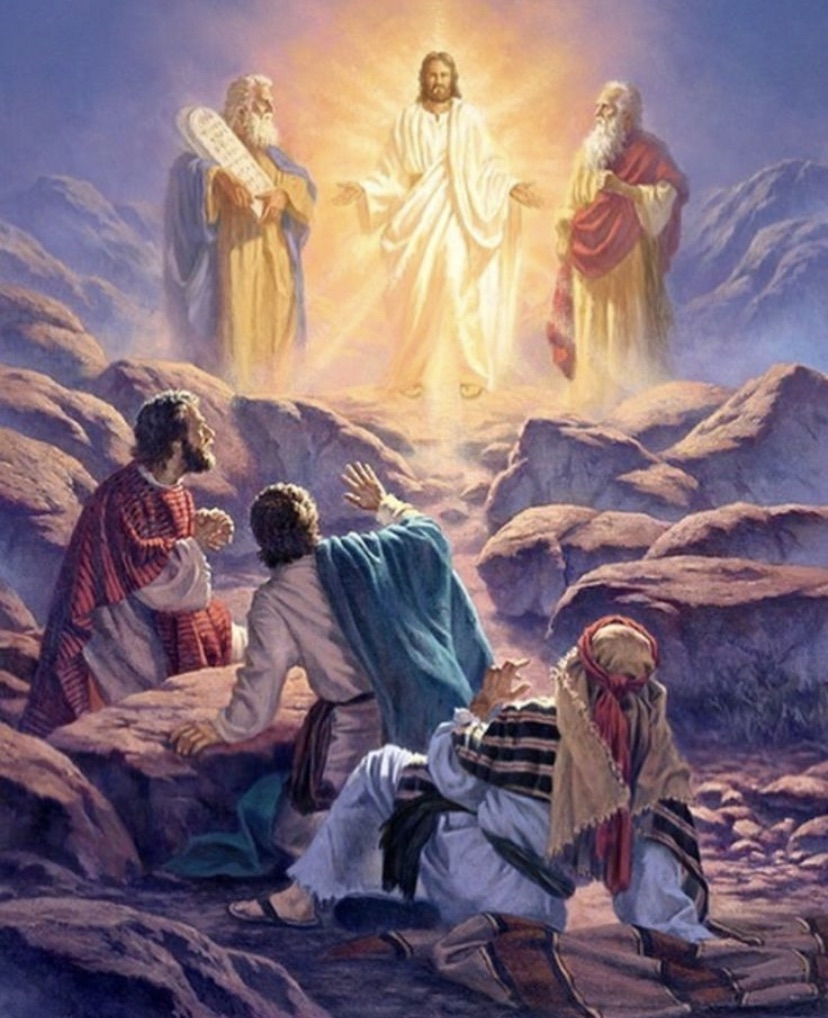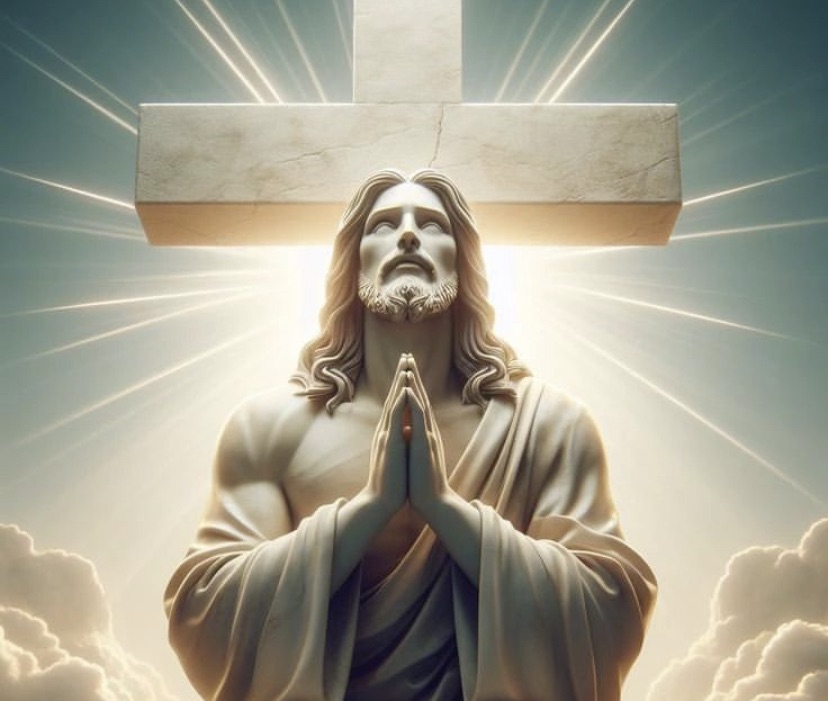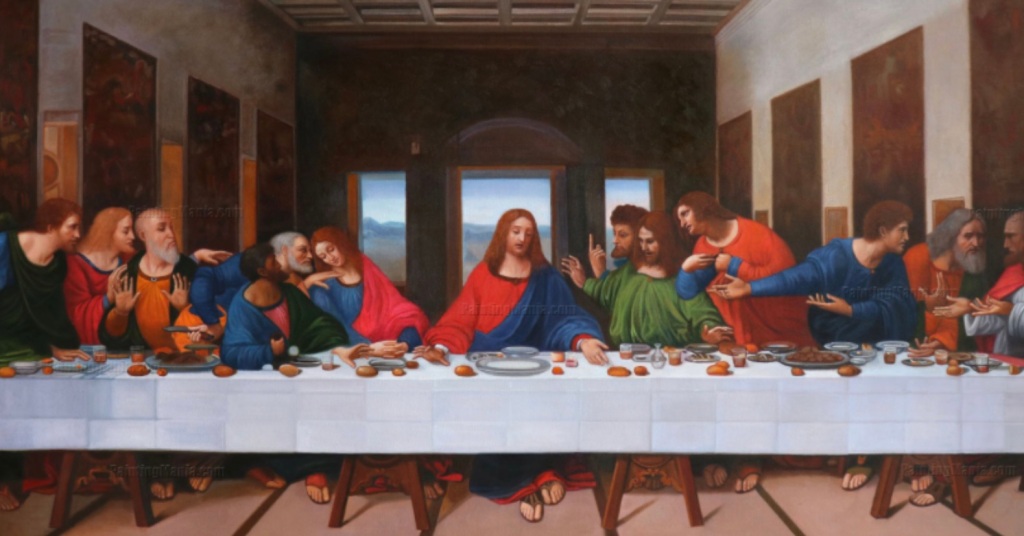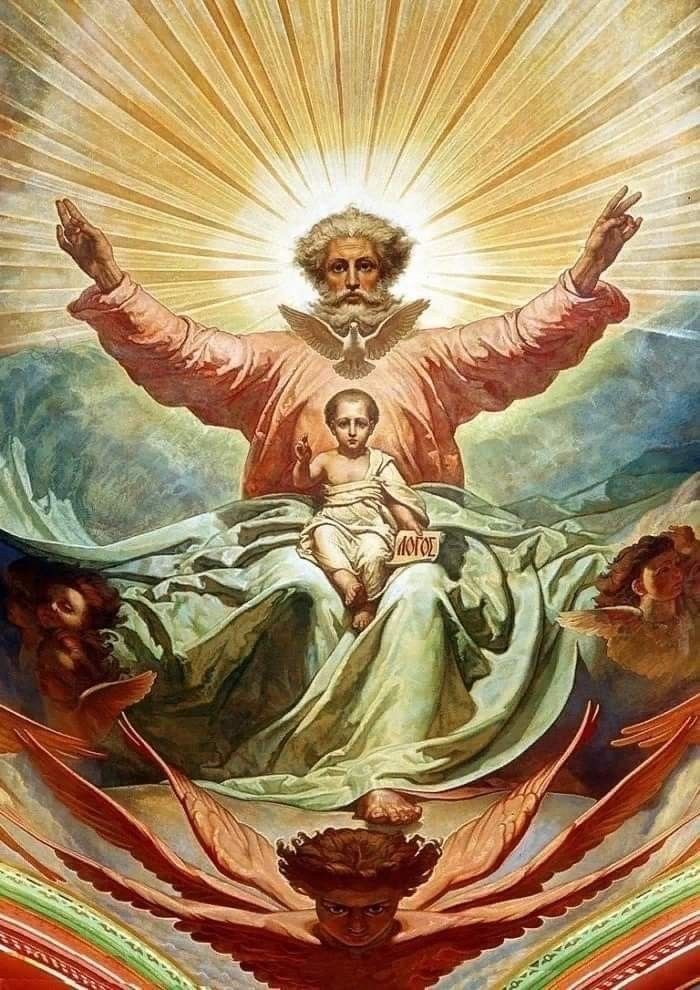Introduction:
Mythology is a fascinating area of study that reveals the beliefs and values of a particular culture. Every culture has its unique mythology, and these stories often have similar themes, imagery, and motifs. In this article, we will explore the similarities between Mesoamerican deities Quetzalcoatl and Kukulkan and the biblical figure Satan, as well as the linguistic similarities between the Irish myth of Cuchulain and the names Setanta and Lugh. We will also postulate upon a possible spiritual connection between the ancient American world and Ireland, which has been expanded upon and inserted into the Bible.
Quetzalcoatl and Kukulkan:
Quetzalcoatl and Kukulkan are two closely related deities from Mesoamerican mythology, both of whom are associated with the feathered serpent. The feathered serpent is a common motif found in different cultures across the world and has many symbolic meanings. In Mesoamerican mythology, it was believed that Quetzalcoatl was responsible for creating humanity and teaching them various arts and crafts, including agriculture and medicine. Kukulkan, on the other hand, was worshipped by the Maya people and was believed to bring rain, wind, and good harvests.
Interestingly, there are some similarities between the imagery associated with Quetzalcoatl, Kukulkan, and that of Satan in the Bible. For instance, Quetzalcoatl and Kukulkan are often depicted as serpents, which is also a common symbol associated with Satan. Additionally, Quetzalcoatl is often referred to as the morning star, and Satan is also called the “son of the morning.” Both of these deities are associated with the dawn, and the symbolism of the serpent and the morning star suggests that they are linked to ideas of knowledge, wisdom, and transformation.
However, it is essential to note that these similarities do not imply any direct influence or connection between Mesoamerican mythology and the Bible. Rather, it is more likely that these similarities reflect universal human experiences and concerns that are expressed through different mythologies using similar symbols and themes.
Setanta and Lugh:
Turning to Irish mythology, we find a similar pattern of linguistic and symbolic connections. The hero Cuchulain, who is known for his bravery and skill in battle, has a childhood name of Setanta. This name has been linked to the biblical figure Satan, due to the similarity in the sound of the names. Similarly, Cuchulain’s father is named Lugh, which has been linked to the name Lucifer, another biblical figure associated with Satan.
However, it is crucial to note that these linguistic connections are speculative and should be taken with a grain of salt. Linguistic similarity is not sufficient to establish a direct connection between different mythologies. It is more likely that these similarities reflect the way in which different cultures have used similar sounds and words to create names that are meaningful and evocative.
Spiritual Connections:
Despite the speculative nature of the linguistic and symbolic connections between these different mythologies, there may still be deeper spiritual connections worth exploring. For example, the feathered serpent is a common motif in many different cultures around the world, and it is often associated with ideas of wisdom, healing, and transformation. Similarly, the figures of Satan and Lucifer are associated with ideas of rebellion, temptation, and the pursuit of knowledge.
These themes and ideas may reflect deeper human experiences and concerns that transcend cultural boundaries and are expressed in different ways through different mythologies. By exploring these connections, we can gain a deeper appreciation for the way in which human cultures have interacted and influenced each other throughout history, and the way in which mythologies have evolved and adapted over time to reflect the changing needs and concerns of people.
The possible spiritual connection between the ancient American world and Ireland is a topic that has been explored by many scholars and researchers over the years. Some have suggested that there may have been contact or trade between these two regions, which could have led to the exchange of ideas and beliefs.
Others have proposed that there may be a deeper connection between these two cultures that goes back to a common spiritual heritage. For example, some scholars have suggested that there may be links between the ancient Celtic and pre-Columbian cultures, based on similarities in their art, symbolism, and mythology.
One theory is that both cultures share a common spiritual ancestry that goes back to the prehistoric era. This theory suggests that ancient peoples from different parts of the world shared similar religious beliefs and practices, which evolved over time to become the distinct mythologies that we see today.
While this theory remains speculative, it highlights the importance of exploring and understanding the similarities and connections between different mythologies. By doing so, we can gain a deeper appreciation for the diversity and richness of human experience and the way in which our shared spiritual heritage has influenced the evolution of human culture.
Conclusion:
In conclusion, the similarities between Mesoamerican deities Quetzalcoatl and Kukulkan and the biblical figure Satan, as well as the linguistic similarities between the Irish myth of Cuchulain and the names Setanta and Lugh, point to deeper spiritual connections and shared human experiences that are worth exploring and understanding.
While it is essential to approach these connections with a critical eye and avoid jumping to conclusions, studying them can lead to a greater appreciation of the way in which different cultures have influenced and interacted with each other over time. By doing so, we can gain a deeper appreciation for the diversity and richness of human experience and work towards a more inclusive and interconnected world.
References:
“Quetzalcoatl: The Feathered Serpent Deity of Mesoamerica.” Ancient History Encyclopedia, http://www.ancient.eu/Quetzalcoatl/.
“Kukulcan (Maya God).” New World Encyclopedia, http://www.newworldencyclopedia.org/entry/Kukulcan_(Maya_God).
“Cú Chulainn.” Encyclopædia Britannica, http://www.britannica.com/topic/Cu-Chulainn.







Leave a comment